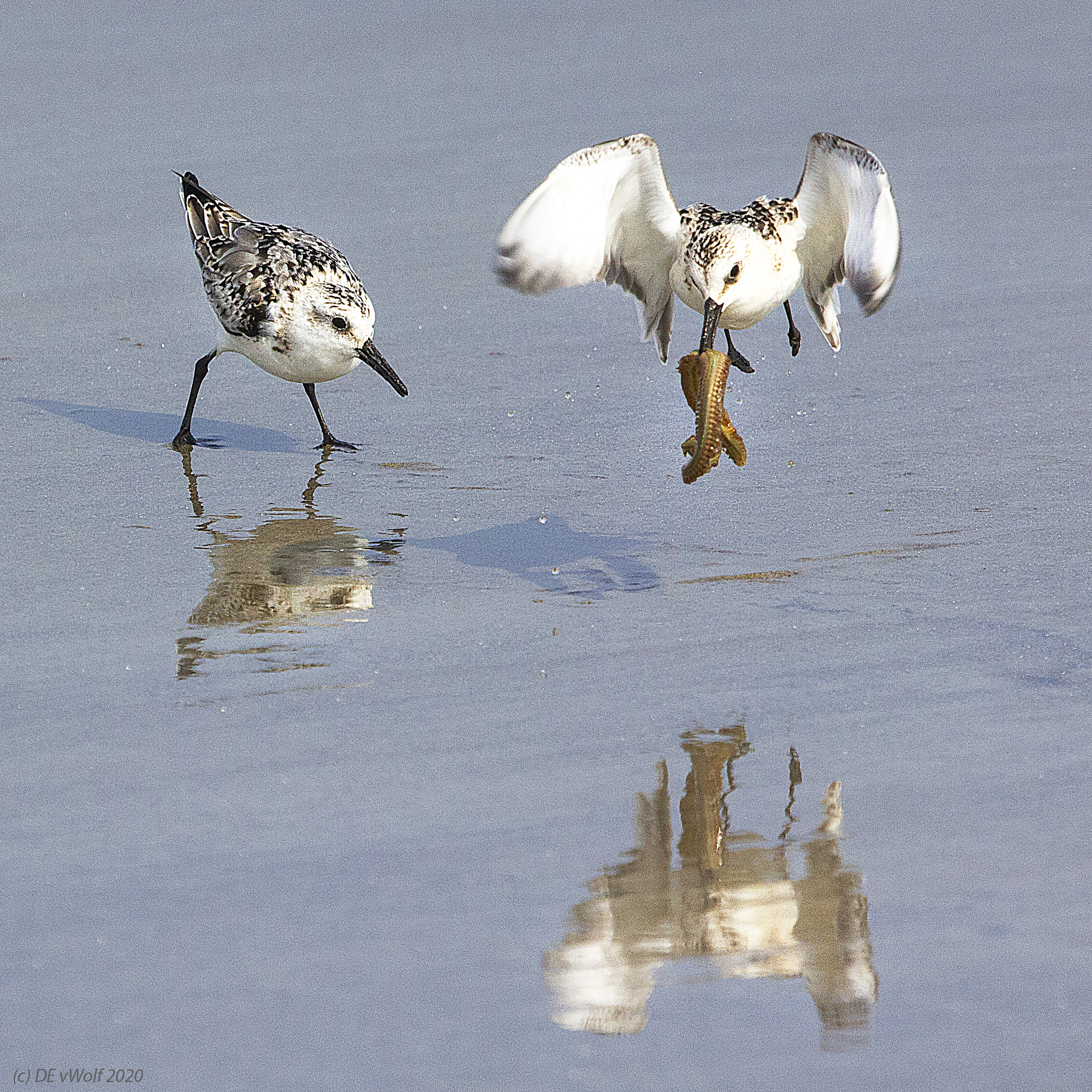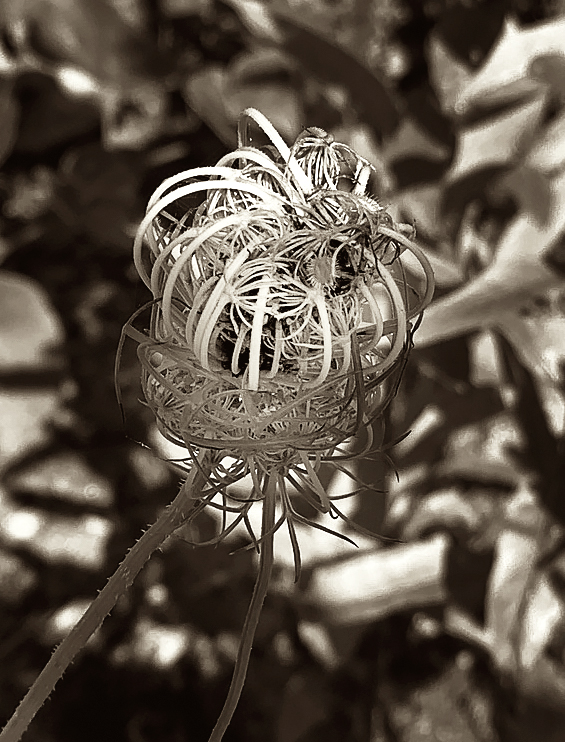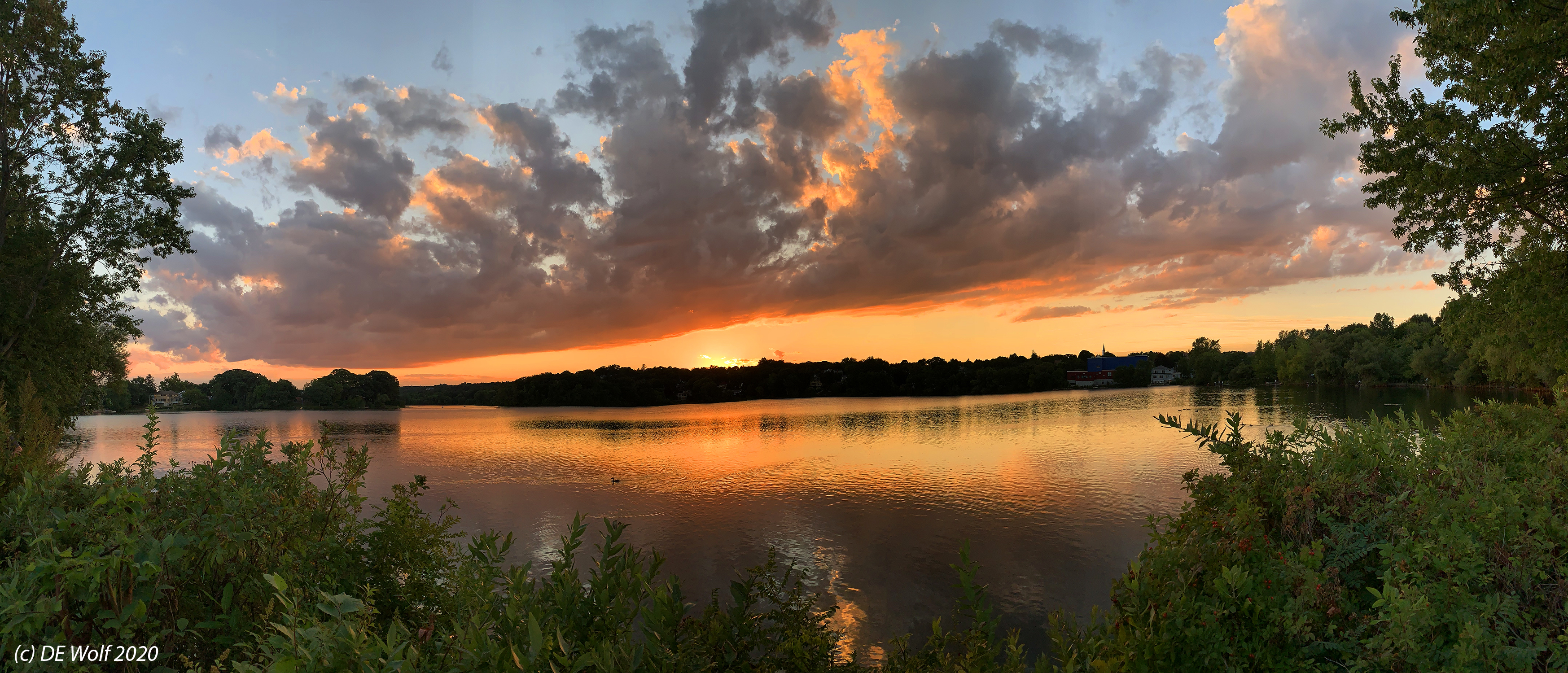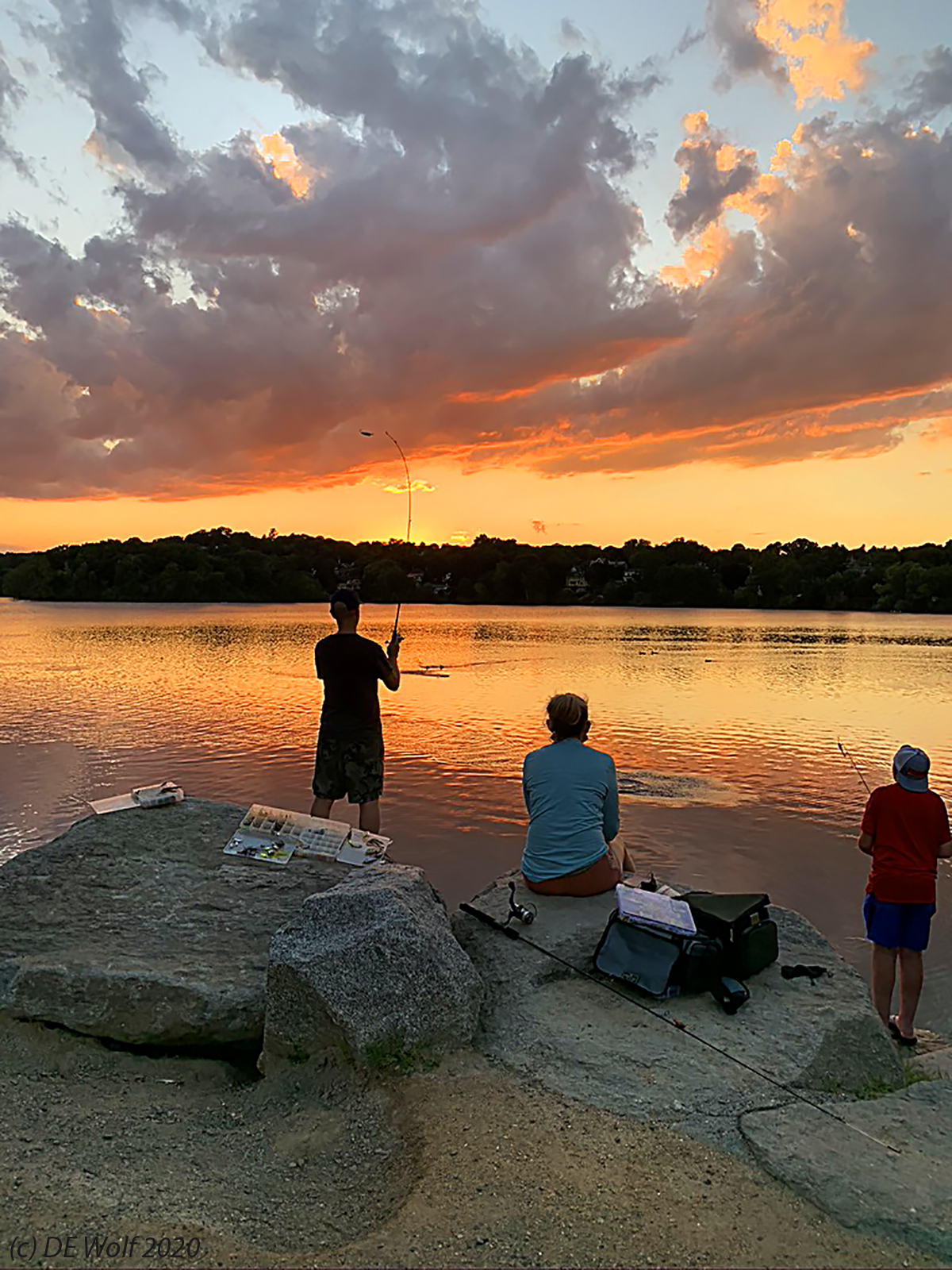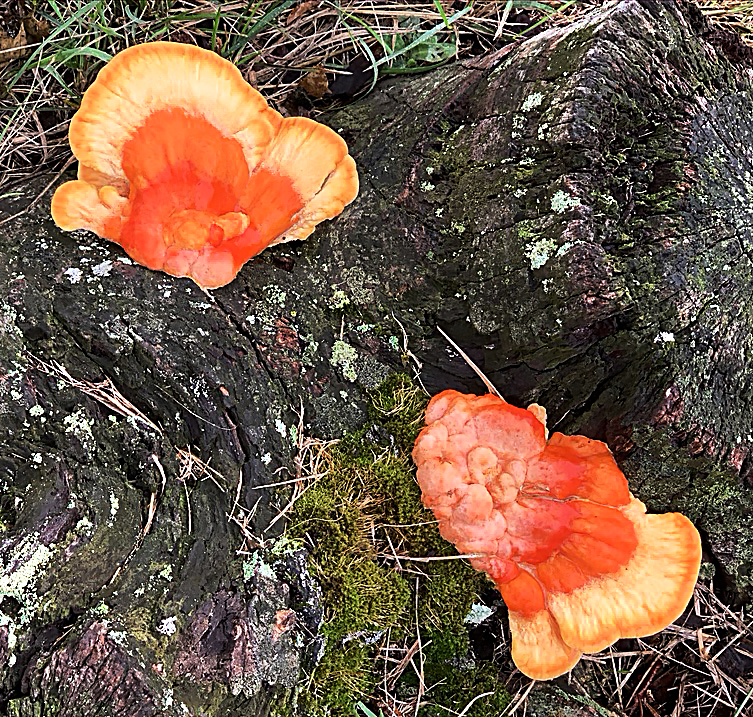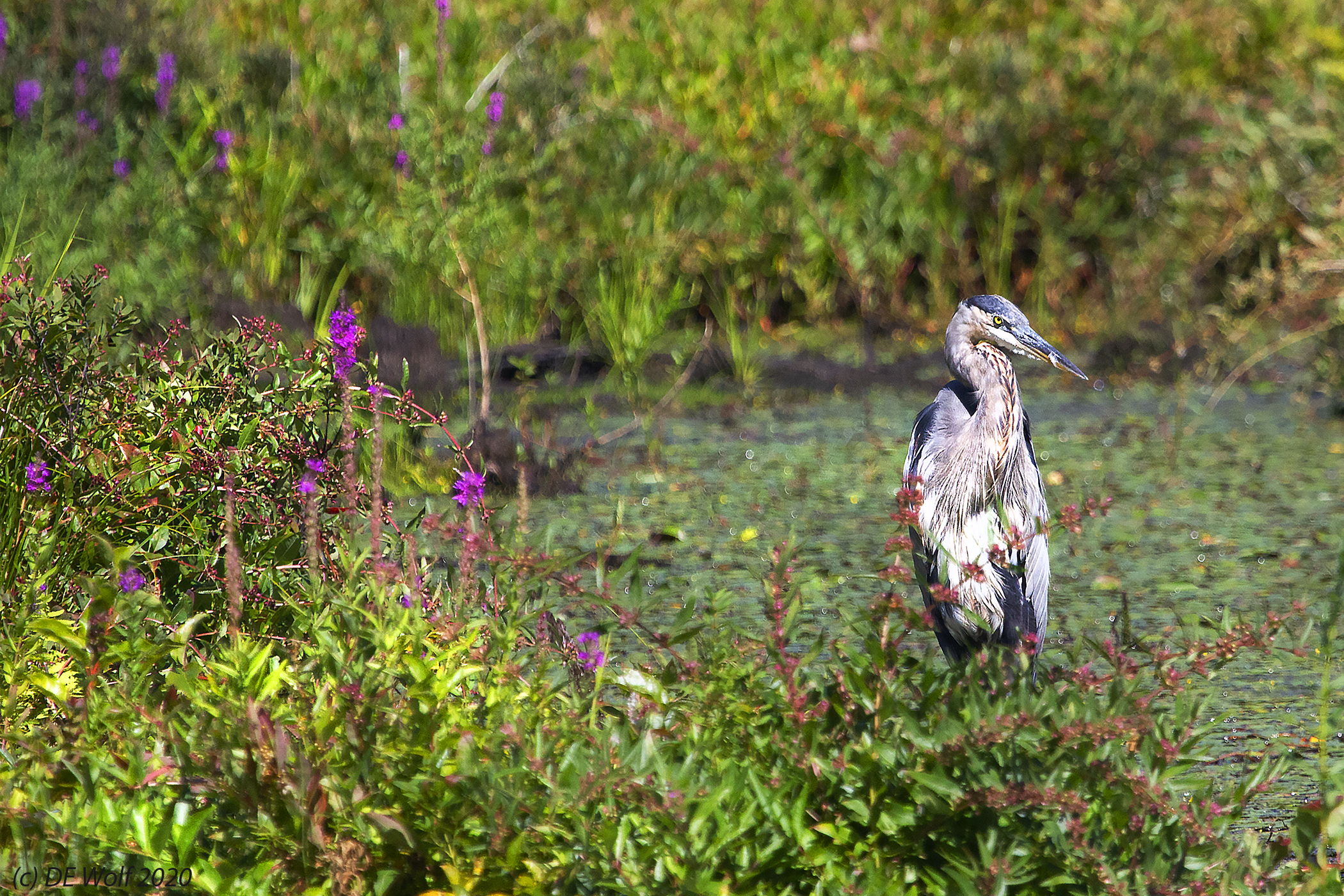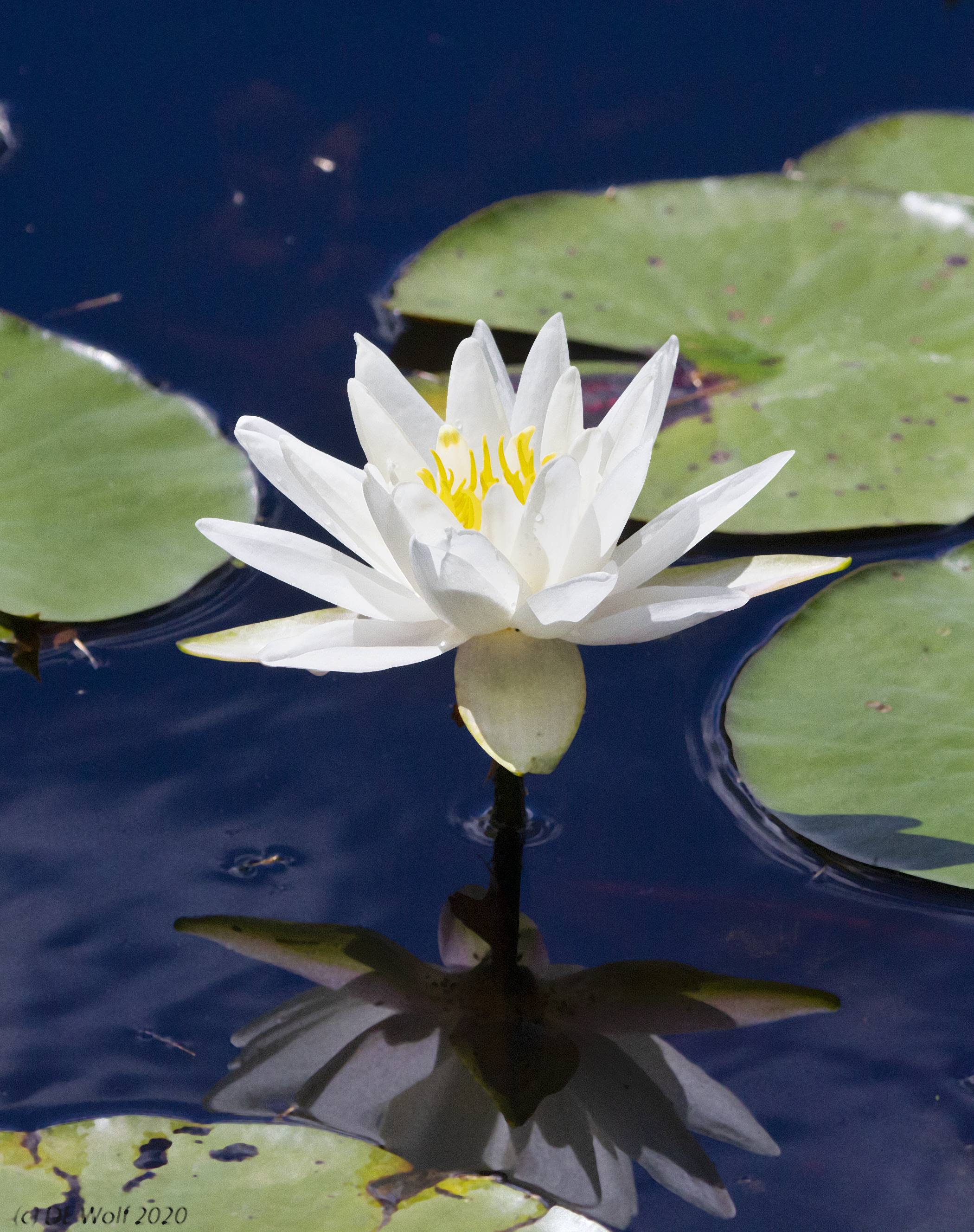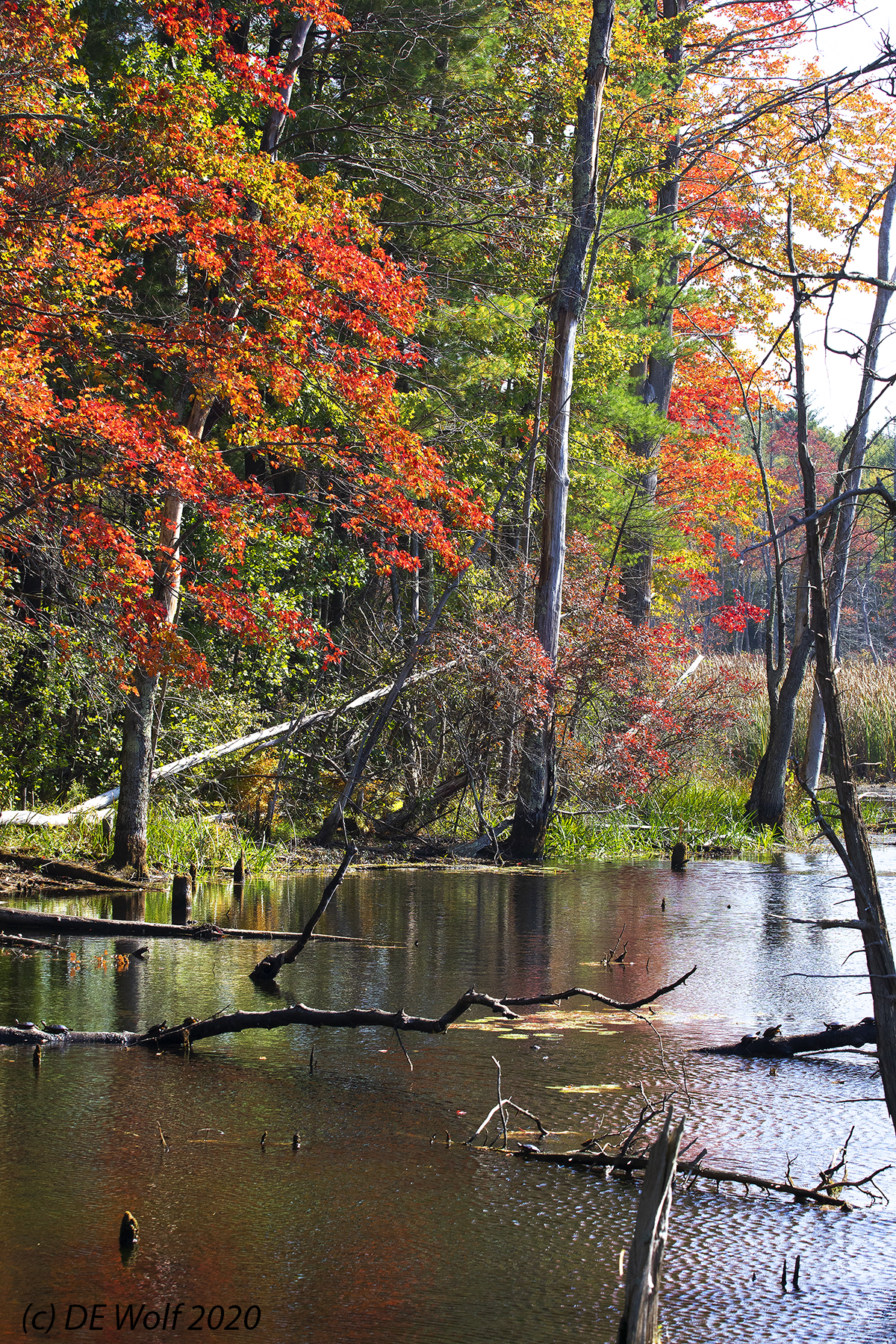
Figure 1 – Peace in the forest, Assabet River National Wildlife Refuge, Sudbury, Ma. October 11, 2020. (c) DE Wolf 2020.
It is that wonderful time in New England, that is called November – a photographer’s paradise. One almost feels guilty about the ease of spectacular color and the complexity of decay and resurrection imagery. This past Saturday was actually pretty warm. It got up to 75 deg. F and we went to the Assabet River National Wildlife Refuge. So I offer up Figure 1 as the quintessential fall foliage scene. But the warmth brought out all the turtles to sit on logs and soak in the last of summer’s rays before burrowing in the mud for a nice long winter’s hibernation. Such are the cycles of life in the temperate zone forest.
Canon T2i with EF 70-200 mm/F4 L USM lens at 70 mm. ISO 800, Aperture Priority AE Mode 1/640th sec at f/8.0 with no exposure compensation.

